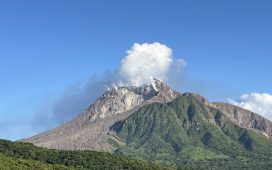A new technique that analyzes seismic signals to predict days in advance when America’s most dangerous volcano will erupt.
Mount St Helens, located in Washington State, has recently showed signs of recharging and scientists have developed a machine learning tool to find patterns of volcanic activity to provide better emergency plans.
The system was able to determine when the volcano experienced unrest, pre-eruptive and eruptive periods.
Using the data, the technology predicted at least three days in advance when the volcano would erupt – with 95 percent accuracy.
The study comes less than 10 days since the Pacific Northwest Seismic Network revealed it detected with 350 earthquakes in the region since February, which are signs the volcano may be awakening.
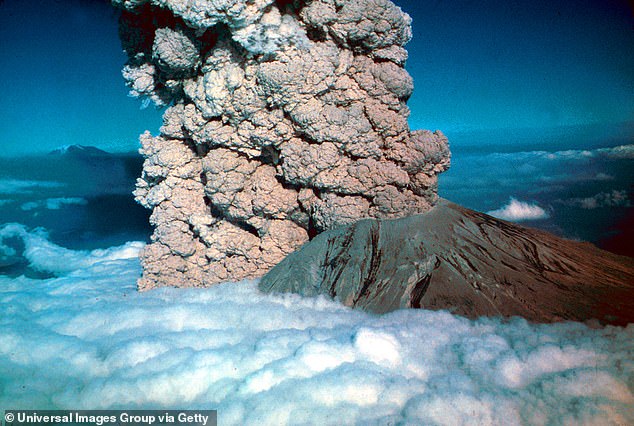
A new technique that analyzes earthquake signals from Mount St Helens could predict when America’s most dangerous volcano will erupt days before it happens
Earlier this month, experts recorded 38 quakes surrounding the 8,300-foot volcano – and many struck around 4.6 miles below the crater floor.
Specialized equipment also detected that magma has been flowing through chambers deep underground, causing the volcano to recharge.
There are fears the earthquakes could lead to another massive explosion reminiscent of 1980s eruption that left 57 people dead and permanently altered the area’s ecosystem.
But scientists from the University of Granada in Spain have discovered a way to predict an eruption in the future.
The machine learning tool analyzed all the seismic signals during activity of Mount St Helens, uncovering patterns of progression from one phase to another and changes that signal it could be moving from unrest to pre-eruptive.
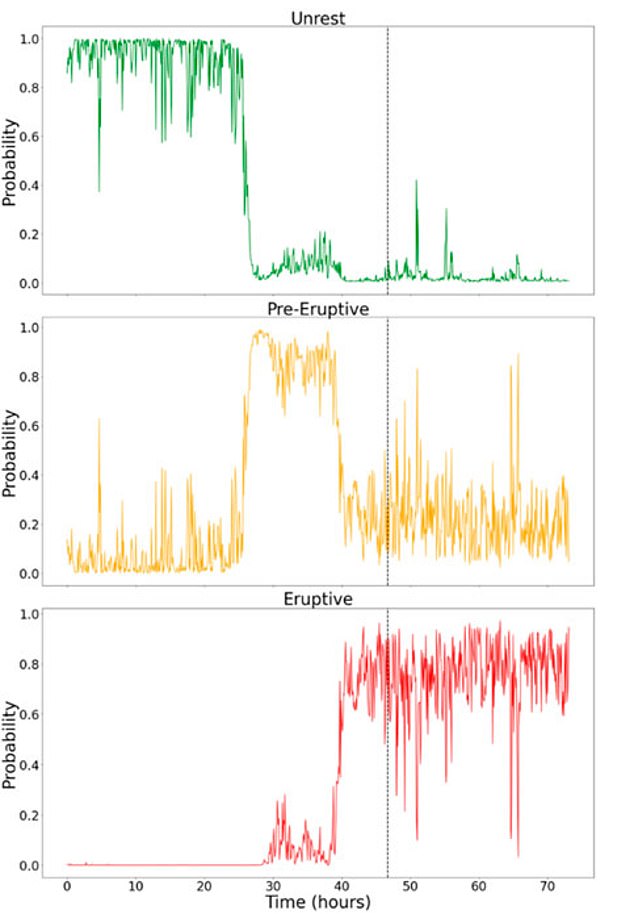
Scientists identified 12 parameters using a new machine learning tool, enabling them to create a timeline of volcanic activity from the past and observe patterns that signal unrest, pre-eruptive and eruptive periods
That data revealed that the pre-eruptive signs included tremors, which have been observed this year, and a significant accumulation of magma and pressure build up.
The 2024 quakes are thought to be caused by pressurization of the magma transport system, which in turn is triggered by the arrival of additional magma, a process called recharge. .
The pre-eruptive signals also led to Mount St Helens erupting in 2004, when a plume of ash and steam was sent 10,000 feet above the surface.
‘This is a reliable numeric value for affirming the probability of a volcanic eruption to happen in the short-term and would improve the surveillance of a volcanic system and the capability of forecasting an eruption,’ the team shared in the journal Frontiers in Earth Science.
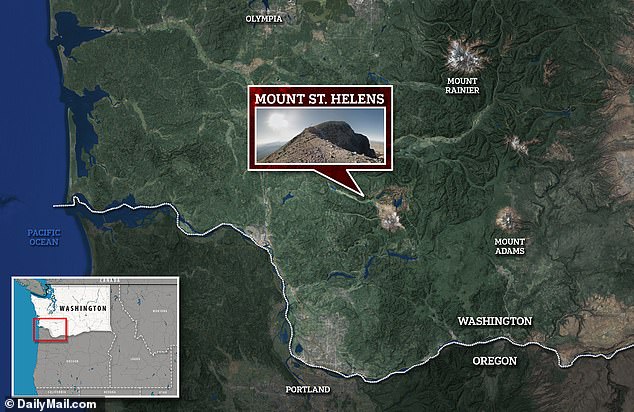
Earlier this month, experts recorded 38 quakes surrounding the 8,300-foot Washington state volcano – and many struck around 4.6 miles below the crater floor
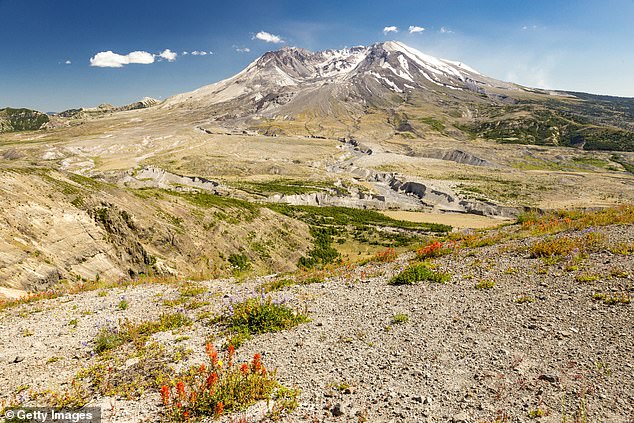
The system predicted at least three days in advance when the volcano would erupt – with 95 percent accuracy
‘The probability of being in the eruptive state usually goes up to 80 percent whenever a volcanic eruption is about to start, demonstrating that the methodology has potential as a universal surveillance tool.’
For the study, the team used mathematical formulas to analyze parts of the earthquake signals, enabling them to calculate four key features: Energy, a measure for predictability, how sharp the signal peaks are and changes in signal frequency.
That data was then classified into three states, which included unrest that means when a volcano is showing activity but none suggesting an eruption.
Pre-eruptive was the next category, which means there is a high chance of eruption and then eruptive, when the volcano explodes.
And the machine learning tool went to work uncovering the patterns, which the team ran five times to ensure accuracy.
In 1980, small earthquakes were recorded around Mount St Helens just before the deadly eruption.
On May 18, 1980, residents flooded the area as they sat in open fields and rooftops as rumors of a volcanic eruption spread. Millions all over the world waited around for two months to see what would happen next.
But on that morning, at 8.32am, the results turned out to be deadly as a magnitude-5 earthquake struck, causing the volcano to lose its crypto-dome and erupt.
Those in the area had nowhere to take cover.
The volcano exploded sideways and sent an enormous landslide of a super-heated mix of ash, rock fragments and gas flowing downslope.
The ash and gas then rose and blocked the sun, turning the sky completely dark.


